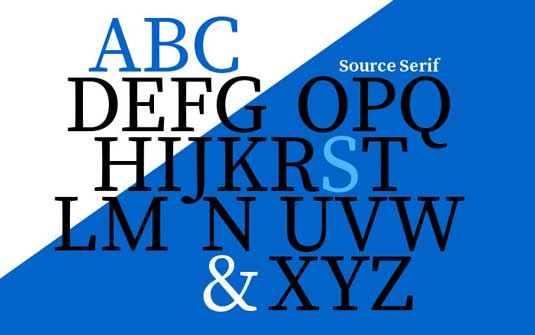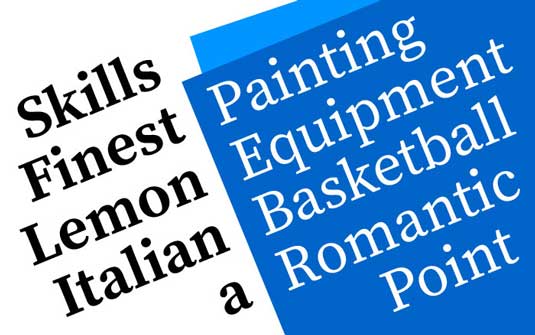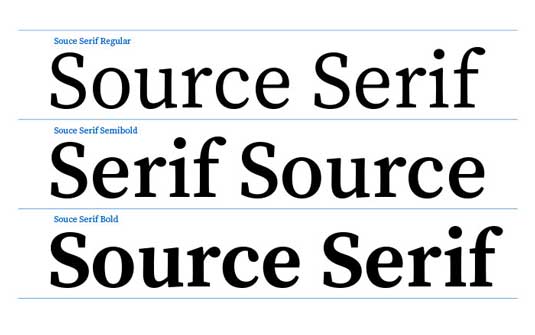Font of the day: Source Serif from Adobe

You probably didn't notice that Adobe is celebrating the 25th anniversary of its Adobe Originals typefaces and its 100th typeface to boot. So to draw your attention to the fact, Adobe has released a free font, Source Serif, via Typekit. And the big news is, it's fully open source and customisable.
Designed by Frank Grießhammer, in consultation with Adobe’s principal type designer, Robert Slimbach, Source Serif is the serif counterpart to Typekit's Source Sans family.

Inspired by the work of 18th century French type creator Pierre Simon Fournier, Source Serif's simplified, easily readable letter shapes are designed for extended text setting on both paper and screen.
It can be used on the web or synced for use in any desktop application. You need to sign up to Typekit to download it, but it's available as part of the free plan. It will also be added to Google Fonts soon.

Grießhammer is working on additional weights and italics, and plans to add Cyrillic and Greek language support. And Adobe hopes the open source nature of the font means others will help make the typeface even more versatile.
Open source
"There's really two ways of going about this," explains Caleb Belohlavek, a principal product manager at Adobe Typekit. "One is that we've make the font available on GitHub and SourceForge. So if people want to jump in provide extensions, say Arabic, or even additional glyphs, they can submit it and we can provide additional releases in the future that support that.

"We're taking the unofficial role of managing the original source font," he clarifies. "So if we get submissions we'll review them for quality, sometimes we'll even help and modify, and then we can re-release and provide extensions, instead of characters. But also, under the open source licence anyone can choose to take that font and modify it as they choose. They can also release it under a new name."
Daily design news, reviews, how-tos and more, as picked by the editors.
"So in other words, we'll protect the original one, and then if someone wants to come out with their own version or do some form of subsetting, or manipulation of the particular glyph design for their own reasons, they can do that as well."

Tom May is an award-winning journalist specialising in art, design, photography and technology. His latest book, The 50 Greatest Designers (Arcturus Publishing), was published this June. He's also author of Great TED Talks: Creativity (Pavilion Books). Tom was previously editor of Professional Photography magazine, associate editor at Creative Bloq, and deputy editor at net magazine.
